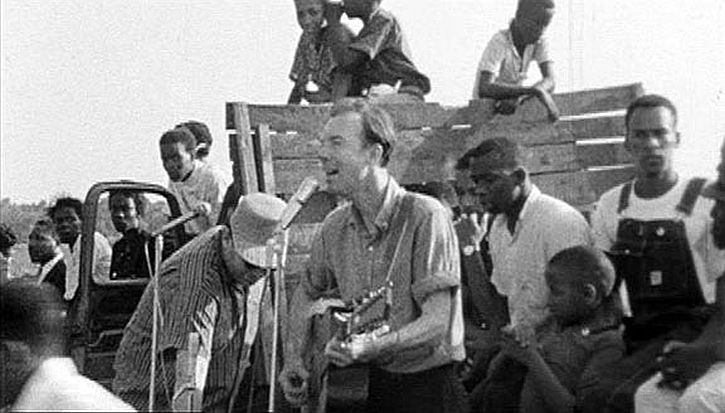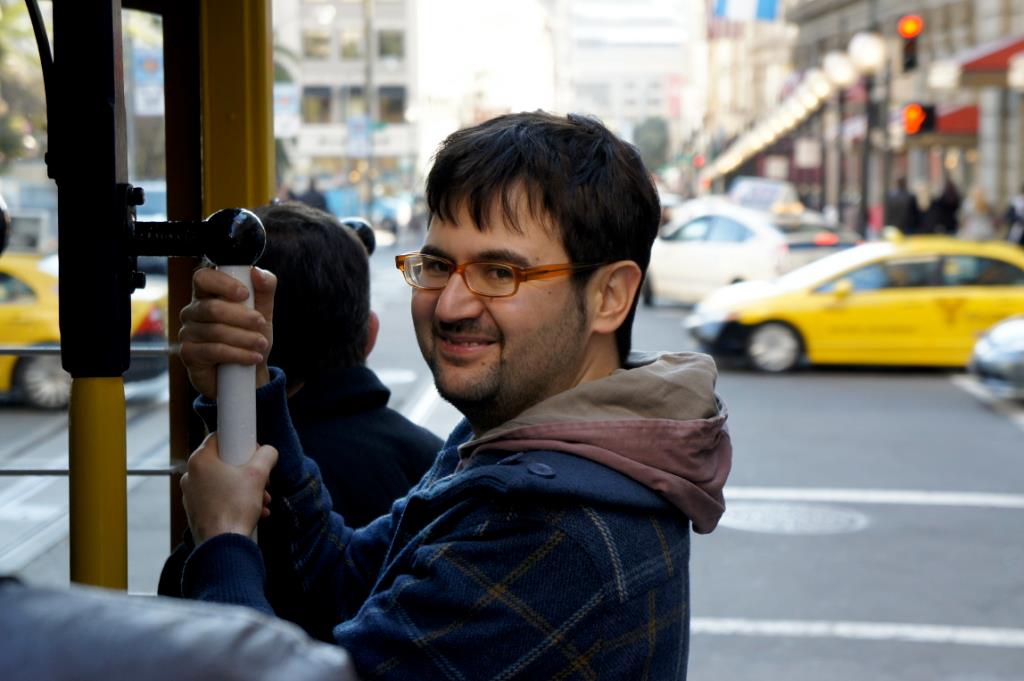
In the 1960s (not the decade but the historical moment), new figures were simultaneously sighted in different parts of the world. Whether bardy in the Soviet Union, Liedermacher in East and West Germany, cantautori in Latin America or Italy, autor-compositeur-interprete in France, folk singers or singer-songwriters in North America, they brought together a new type of an audience to listen to their poetry, which they sang to the accompaniment of their own guitars. Tellingly, unlike its contemporary and eventually more successful competitor, rock, which is “rock” everywhere and has clear Anglo-American origins, there is no single, internationally recognizable name for the likes of the early Bob Dylan and the Soviet Vladimir Vysotsky, the Frenchman George Brassens and the Turk Ruhi Su, all of whom emerged independently of each other. In every culture, they were deeply rooted in local poetic, musical, and performative traditions, yet everywhere their art exhibited several fairly constant characteristics: a critique of the state, whether of a state socialist or a capitalist variety, a powerful capacity to construct counterpublics, and proximity to the social movements of the era.
Indeed, born of the social movements of the 1960s, singer-songwriters were their most organic artists, at least in those national musical cultures where the guitar played a role. In the Soviet bloc, they stood at the forefront of “socialism with a human face.” Elsewhere, they provided the music of the anti-capitalist movements of the (New) Left. In either case, the informal, improvisational quality of the performance, and the democratic, conversational relationship the bards tried to strike with their publics, their insistence on their amateurishness all reflected the ethos of the 1960s left. Their socialist humanism came across in the deeply lyrical, poetic quality of many of the songs, which distinguished them from both the epic choruses of the interwar leftist repertoire, whether of a Soviet or Brechtian/ Eislerian kind, and from rock, where the music is usually dominant vis-à-vis the lyrics. Unlike the earlier international leftist anthems, the national rootedness and untranslatability of these musics, too, testified to the increasingly Babylonian character of the post-Stalin-era left internationalism.
Like many of the iconic figures of the 60s, these singer-songwriter performers went in different directions. The lives of the Chileans Victor Jara, Violeta Parra, and the American Phil Ochs were tragically cut short. After Pinochet’s coup, Inti-Illimani, another Chilean band that fronted Allende’s Popular Unity, found itself in exile. So did Cem Karaca, after the 1980 coup d’etat in Turkey. The music of nueva trova performers such as Carlos Puebla and Silvio Rodriguez commented on and reflected the changing fortunes of Cuban socialism. Driven by their own shifting convictions and changes in musical trends and audiences, still others abandoned their earlier left-wing repertoires. Wolf Biermann, for example, the most passionate of East Germany’s critics of state socialism from the left, denounced communism in the 1990s and celebrated the second U.S. war on Iraq in 2003. Other musical socialists with a human face as his fellow GDR Lidermacher Bettina Wegner and the Czech bard Karel Kryl had grown disillusioned with communism even earlier. From the poet of the Polish Solidarity, Jacek Kaczmarski became a Radio Free Europe journalist and then an alcoholic. Two of the doyens of Soviet guitar poetry, Bulat Okudzhava and Alexander Galich, mapped the main trajectories of socialism with a human face in the USSR after it reach the end of the road in 1968. Soon thereafter, Galich became an outspoken dissident and a member of the Moscow Helsinki Group, for which the Soviet authorities expelled him from the USSR. Bulat Okudzhava stayed, but increasingly at odds with the state socialism whose end he celebrated. The logic of post-Soviet liberalism led him to sign “The Letter of the 42,” which called on Boris Yeltsin to use violence against the obstreperous parliament in October 1993, a request the latter dutifully obliged.
Such radical departures were less common among Western singer-songwriters such as the American Joan Baez, the Catalan Lluis Llach, the West German Franz Josef Degenhardt, or the Italian Fabrizio de Andre, who retained their leftism, if not its earlier intensity. Pete Seeger was among the few to stay forever loyal to the cause, even though the cause, or rather, the social movements he sang for, kept disappearing and re-emerging in new forms.
Singer-songwriter performance has usually been studied against individual national political and musical contexts. Yet, by identifying it as the musical expression of the 1960s democratic socialism worldwide, we can understand the latter’s elusive utopias and imaginings—the fleeting structures of feeling of the 1960s—that it captures like nothing else. Their intense presence may render the genre dated to many an ear nowadays. But what aesthetic forms have succeeded it in carrying socialism globally? Who are the artists of today’s social and labor movements? Or has the two-century-long symbiotic relationship between culture and the left fundamentally changed?

